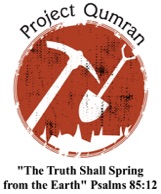In the last update we left you with two questions that would require additional work in Tunnel One.
The questions posed were at that time unresolved and it would take most of the morning before we would have our answers, or so we thought!
Tunnel One was relatively high in the cliff face above the floor of the wadi, as you can see in the photos. It was also blocked by a concrete barrier that was installed shortly after the original excavation. This was designed to keep hikers and other passers-by from entering out of curiosity. Unfortunately, it made egress somewhat difficult for us as well. In order to make access to the tunnel less cumbersome for the crew, Larry engineered several portable ladders that could be easily transported and assembled in varying lengths.
The crew consisted of our usual excavation team, several Rabbis and soldiers, and a few visitors. All watched as Oren removed the slabs. There were no artifacts beneath and so we had our answer to the first question. Then we proceeded to excavate the loose fill at the bottom of the cavity. In the picture below, you can see the interior of the tunnel near the fork and the end of the tunnel where the slabs had been removed.
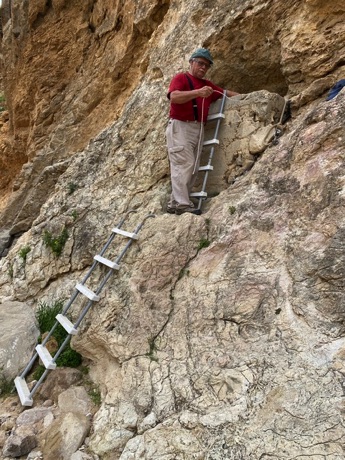
Once the crew was inside, they descended the 400 feet to the end of the tunnel using headlamps to light the way, with tools that would be needed to remove the slabs and excavate the loose fill at the bottom of the cavity
What that means is that the original questions still apply. Are there any artifacts in the hollow beneath the newly discovered sub-floor? And/or, does the tunnel continue to as yet unexplored areas under the fortress?
While we are attempting to answer these questions in Tunnel One, the rest of the crew will work to finish what we started in Tunnel Two. The mud from the accumulated water must be removed (it will take several days for the interior to dry). Once it’s dry, remote sensing will be used to pinpoint the location of the underground cavity previously discovered on the other side of the bedrock wall. After drilling through the wall, we’ll insert an endoscope with a camera into the hole so we can see what, if anything, is on the other side.
The questions are similar to those in Tunnel One: 1) Are any artifacts hidden or somehow sealed in the cavity? 2) Is the cavity part of a larger cave? 3) and if so, is it part of a larger cave system?
One final note: we often encounter interesting sights in this area of the country and one day the road was blocked by hundreds of camels headed to a watering hole for an afternoon of fun. Many were jumping and carrying on like children frolicking at a playground. Quite beautiful to see!
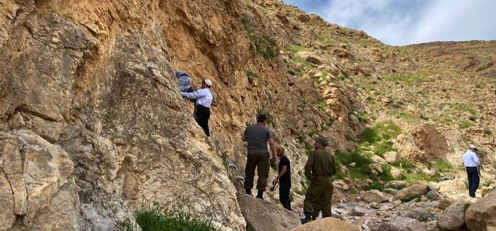
The loose fill was eventually taken down to bedrock, or so it seemed, providing us with what we thought was an answer to the second question. However, what we did not realize at the time, was that the “bedrock” might not be bedrock at all, but a type of concrete used to seal something else underneath. When Dr. Uri Basson reviewed the remote sensing data, sure enough, there was, in fact, an even larger hollow below. Remote sensing will be needed to re-evaluate this “sub-floor” and obtain additional data. Then, depending on what we find, we’ll attempt to break through and examine the hollow underneath.
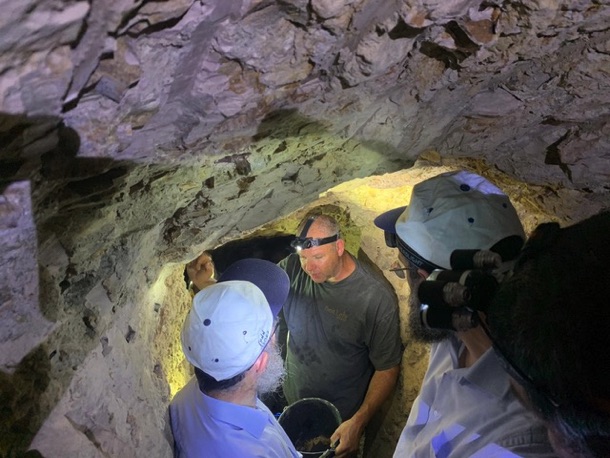
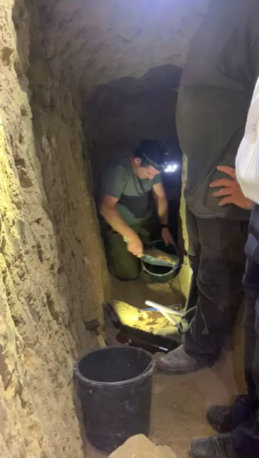

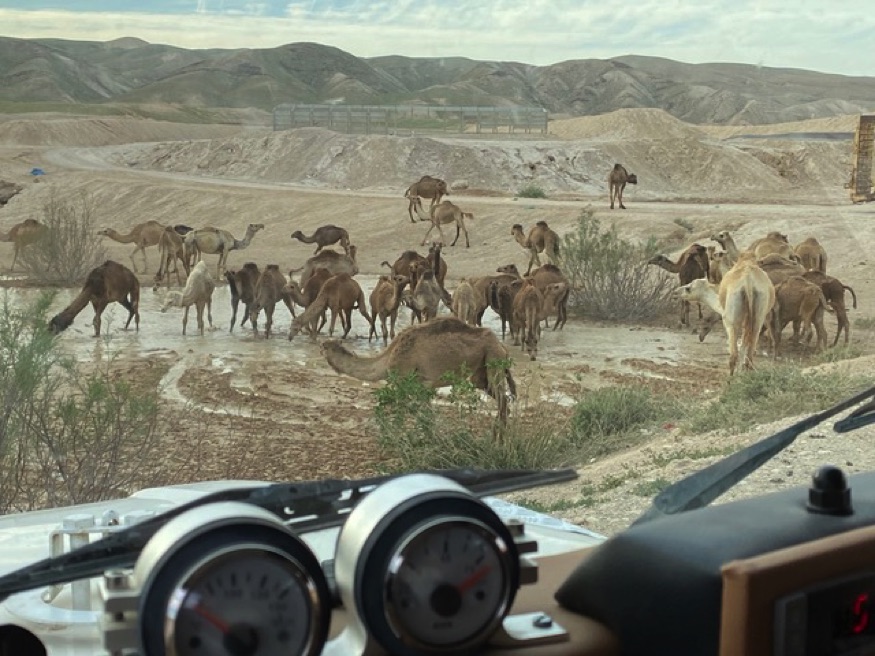
PROJECT QUMRAN
Mystery of the Man-Made Tunnels
Archaeological
Excavations in the Judean Desert
Wilderness & the.....
Update 2 - March 2020
